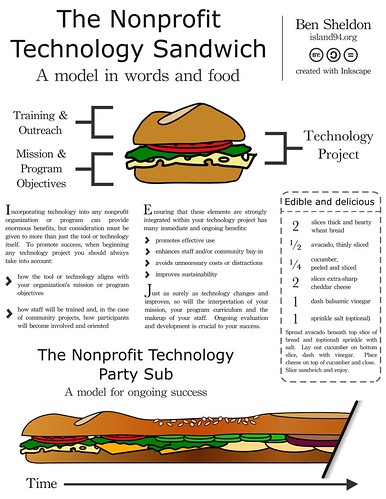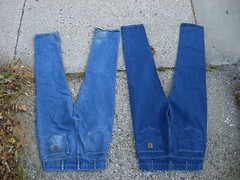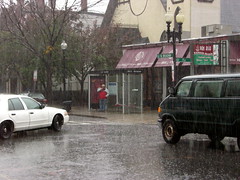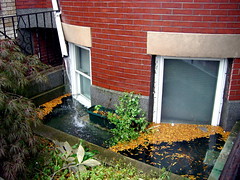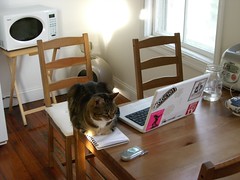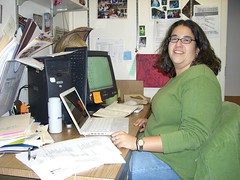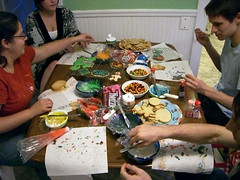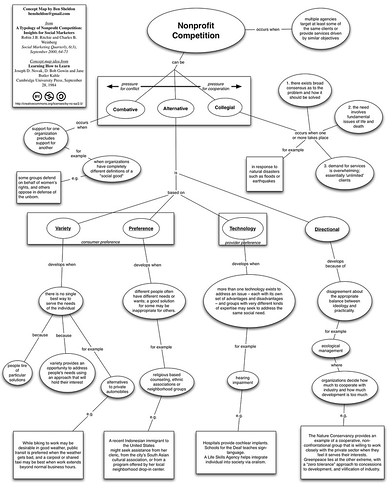One evening, not far earlier than today, I was sitting upon Boston Common enjoying the last sloping rays of the day. As was my habit, I blissfully blocked out the city around me to better enjoy the feeble warmth of a setting sun.
Sometime in this I was taken unawares by a man I did not know. His face told of a race not estranged from these shores and his eyes shone with long familiarity to the world. He sat beside me and from his mouth came a string of words I willed myself to make sense of. He told me of something most wonderful, most horrible, and from which I am forever changed.
Boston is a city of gross extremes: poverty and wealth, light and dark, high and low: the crumbling triple-deckers of Roxbury and the affluent brownstones of the South End, the Irish enclaves and the Haitian Mass, the deep tunnels of the T and the airy heights of the JHB.
Boston has not always been this way.
Long before the first explorers, the vikings, conquistadors, traders, pilgrims stepped foot on these coasts, Native Americans, the Indians, roamed what were once three hills, the Tremont, of Boston. But to one tribe, the Massachusett, to whom this stranger called his ancestors, travel was not as it seemed to us. It was something different: faster, if time had reference; shorter, if distance had meaning; darker, but only to an unenlightened mind.
The Massachusett people were aware of certain trails that could connect a physical place with any another, directly and absolute. No, not trails: one trail that subsumed all forks; a true path: a Way. On this Way their people traveled and obtained a unity never equaled. But to speak of this in physical terms is a misdirection, a lie. The Way was the manifestation of an entire culture connected: an ethos, born and endured for eons; willed into the physical by a shared understanding: a Truth sustained.
Such a Way gave evidence upon the earth, in footprints and matted brush; to hide them would have been schizophrenic, a denial of reality. Until the foreigners and their foreign minds arrived.
There was once a Fork, a Path, an infinite fraction of the Way, that led between the Massachusett’s wintering grounds where now is Mattapan, and their summer rest at what we call Columbia Point. To traverse these locations was an instant to them, but a half-day’s journey to these new, strange colonists. A misunderstanding between such fundamentally different peoples led to a mistake, a tragedy that could never be repeated:
The Fork was crossed, pinned down, substantiated by the traversal of a different form: a Meeting House Road to which the laws, our laws, of space and time and distance obeyed. A market, Codman Square, was thrown up around an impossible unity, an unimaginable contract. Those that understood watched and learned and forevermore hid the Way.
But to hide such a thing as the Way was not simple. It was a culture, and to modify that was to modify a people, their world view, their psyche. To hold Truth in darkness became a mad and impossible task. The Way still appeared sometimes in form; in meandering cowpaths and stream beds; in trickery, jest, and passion to the foreigners who traveled them, improved them, paved and finished them. Concrete and asphalt roads and highways that never run straight, that never take travelers to their destination, that wind and meander in blessed lunacy. This was what was left of the Way. Almost.
Boston is a city of tunnels: the mundane of Copley Place and the scandalous of Old City Hall. The T cuts deep through Boston’s heart, but one Tunnel digs still deeper. As understanding of the Way receded from their people’s culture, deeper and farther out of sight did its Paths move physically; below prying eyes and beyond divergent minds.
Waiting and weakening below Boston’s blossoming new streets and conduits, the Way sat unused. Its owners and sustainers diminished and integrated, losing what they had once known in fullness.
For so long, this stranger said, he had been the last to hold this Secret, this Truth, dim and alive for this world. But, he said, that is no longer. It is yours now.
Somehow this, among all else, shocked me. I startled to my feet. Stumbling, running, falling, I struck the ground. Turning back I looked but he was gone. The grass, the light, gone. Only dirt, dark, moist and broken remained.
Even now I do not know what happened. Was it guilt for granting me his people’s last covenant? Mad awareness? What new direction has It taken?
I fear It waits for me. Storm drains groan as I pass and asphalt cracks spider and deepen in the streets. In the subway I see doors that never open and trains that never stop. The harbor churns; bubbles, enormous, burst from the deep.
I do not know if It stalks me out of malice or loneliness. I feel and try to empathize: I am aware of It but do not yet understand Its Paths, Its Corridors, Its Entrances.
I cannot travel the Way alone. So I share It with you.




